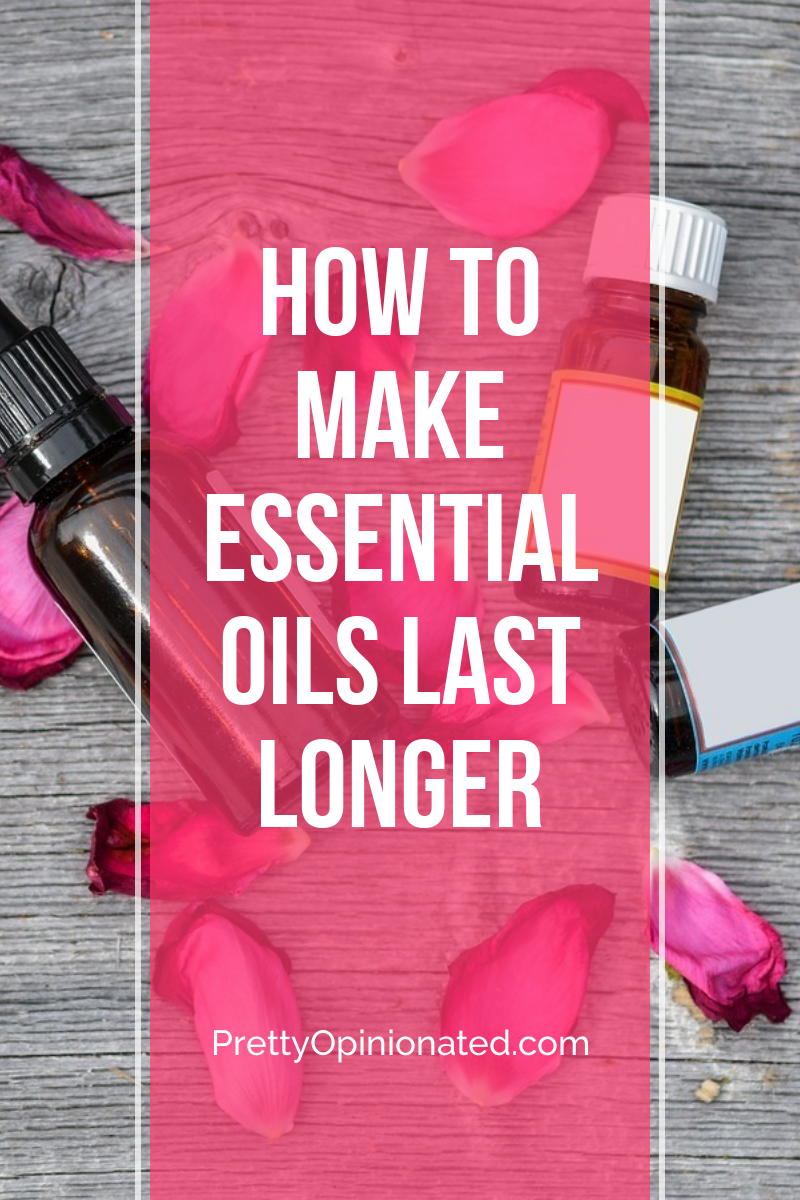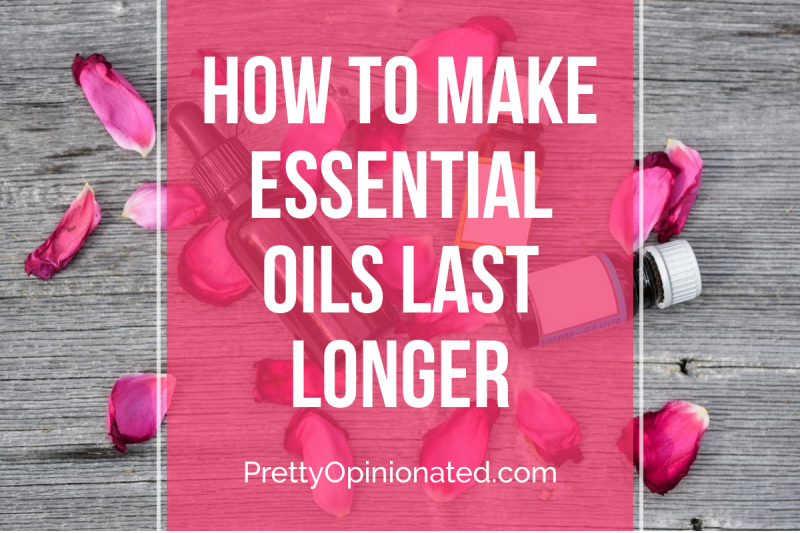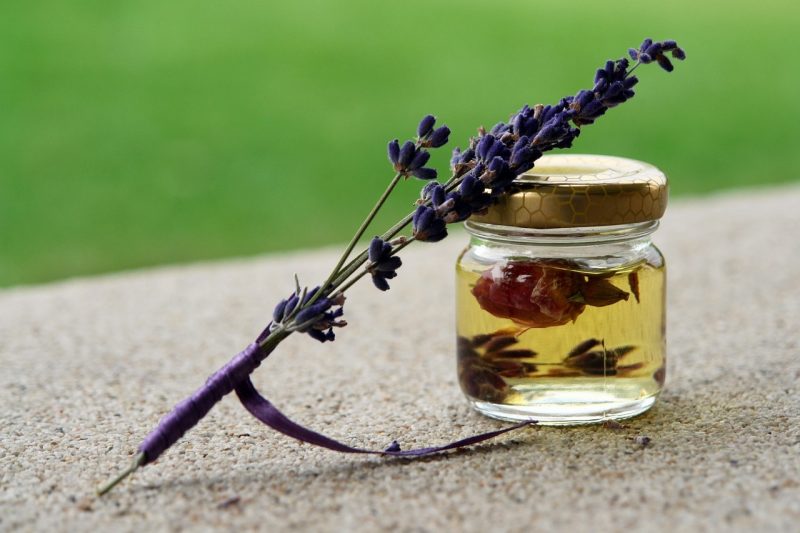Essential oils can get expensive, so of course we want to do everything we can to make sure they last as long as possible. While they do have a fairly long shelf-life (I have some from years ago that are still fine to use), like all so many things in life they do eventually go bad. Wow, that sounded a lot more cynical than I meant it to!
If you’re worried that your EO has expired, or want to learn how to keep them from going all rank and oxidized too quickly, here are some general rules you can follow.
What you Need to Know About Expiration Dates
If you are buying essential oils from the store, the obvious first step is to look on the bottle to see when it expires, then pick the bottle with the furthest date.
Alas, not only manufacturers list an expiration date right on the bottle. Ask the sales clerks in the store if there is another way to find the date if it is not clearly marked.
Keep in mind that the oils you buy were not created on the day you bought them, so try to purchase your oils from a store or supplier that keeps their product moving regularly. This way, you aren’t purchasing an essential oil that is already getting close to that expiration date.
If there is no expiration date on the bottle and no way to find out from the store or manufacturer, keep a list of all your essential oils and when they were purchased. This will let you quickly check how long you have had an oil before using it each time.
Related: Top 20 Essential Oils to Keep in Your Natural Health & Beauty Stockpile
General Shelf Life of Popular Oils
Affiliate links included below. If you make a purchase, I earn a small commission. Thanks!
Each essential oil has a given amount of time before it expires. There is a range between about 1 to 6 years depending upon the type of oil. Some of the more popular oils and their general shelf life are listed here.
- Essential oils with a shelf life of about 1 year are lemon
, orange
and mandarin.
- Oils with approximately a 2-year shelf-life are lime, all varieties of frankincense
, and tea tree.
- Oils that expire in about 3 years are rosemary
, neroli
, oregano, melissa, bergamot and blue tansy.
- Oils in the 4-year range include cinnamon bark, cardamom, peppermint, ylang ylang, lavender, geranium, clary sage, and chamomile.
- Oils that are good for 6 or more years include cedarwood, vetiver, sandalwood
, wintergreen, rose, myrrh, copaiba
and ginger.
Of the popular essential oils, patchouli has the longest shelf life, which is usually more than 10 years.
Related: 5 Reasons Why You Should Keep Essential Oils on Hand
General Rules to Make Your Essential Oils Last Longer
There are three factors that cause essential oils to lose their potency and effectiveness quickly. These are light, oxygen and heat. The best way to keep your oils in the best condition possible is to fight these factors by storing your oils properly.
- To counteract exposure to light, buy your essential oils when possible in amber glass bottles (so the light does not penetrate the bottle as it does with clear glass) and keep them in a dark place.
- Keep your essential oils in a cool area, or in the refrigerator if you have room.
- Always keep your bottles tightly closed when not in use, and don’t leave them sitting around with the lid open for any amount of time.
- Protect your essential oils from contamination by not using rollers that can pull random particles back into the bottle with your essential oils.
Essential oils have a specific shelf life. Oils won’t instantly go bad on the expiry date, but at that point they are on their way to losing their potency. Learn this general information so you know how long to keep your essential oils, and when to replace them.






This is good information to have! I’m going to start writing down dates on my oils!
I love using essential oils. This great info!
This is great information. I would like to buy more oils and don’t want to hurry to use them. Perfect!
Thank you so much, this is great information. I keep a list of all our supplements as we buy them, I can just add to that list.
Thanks for the tips. Love it.